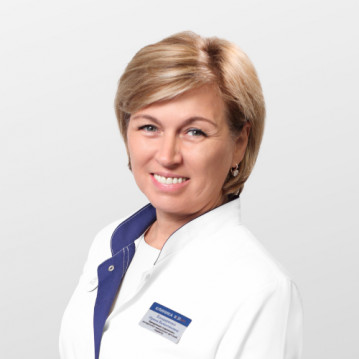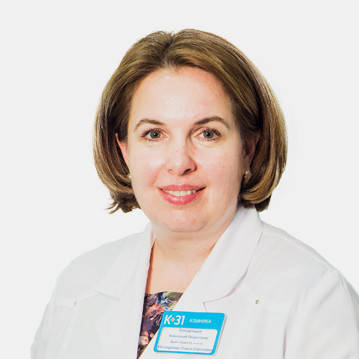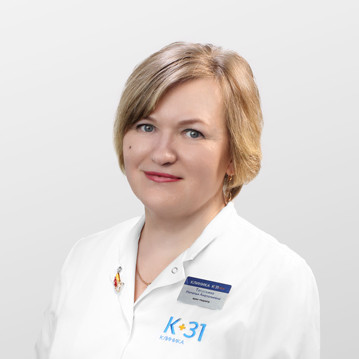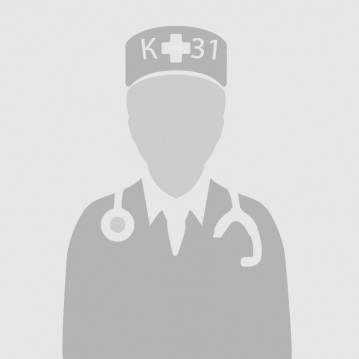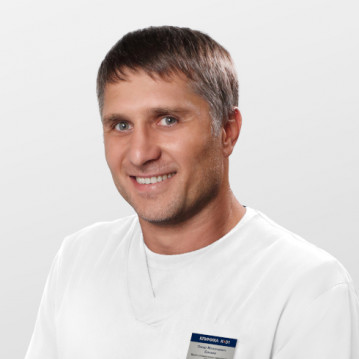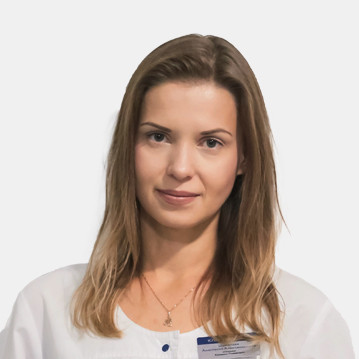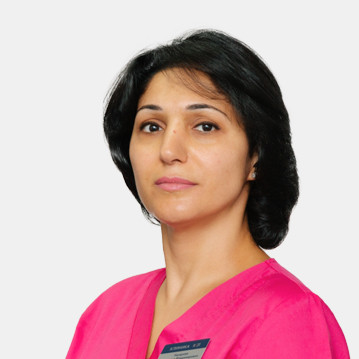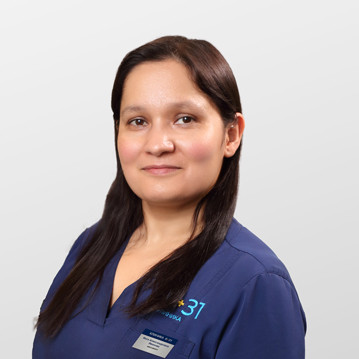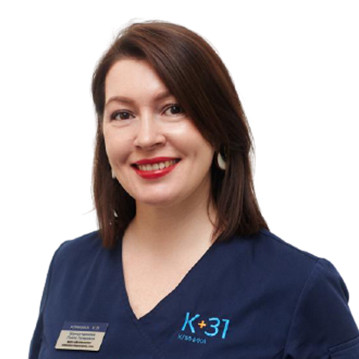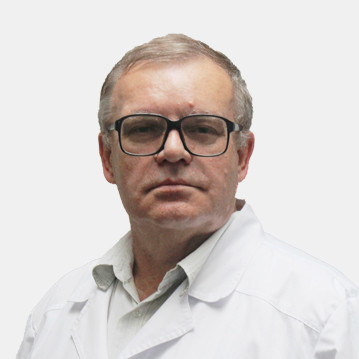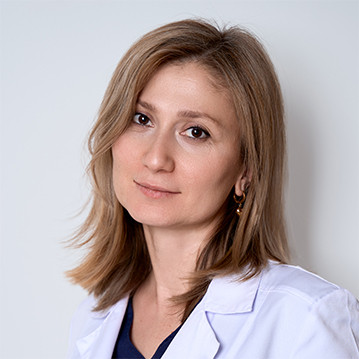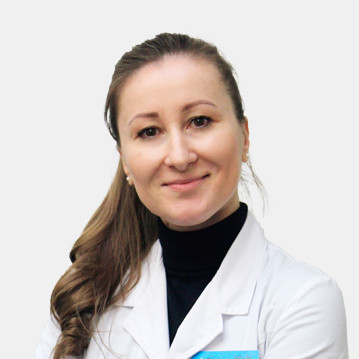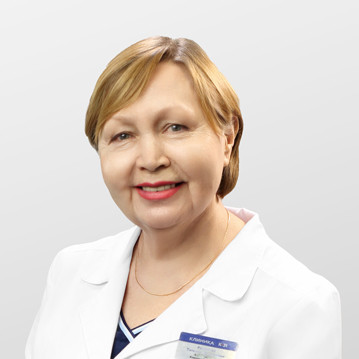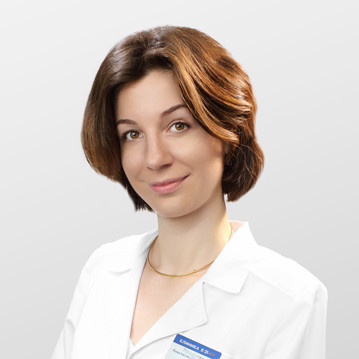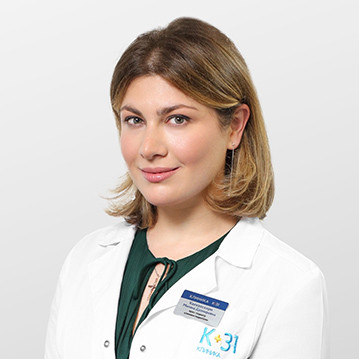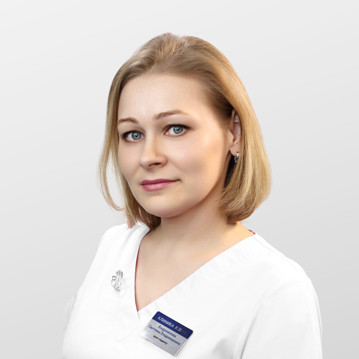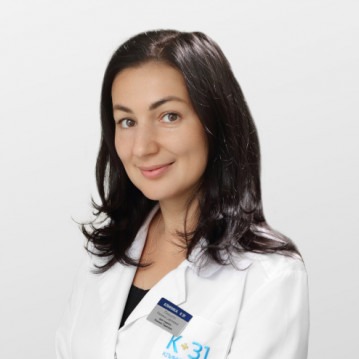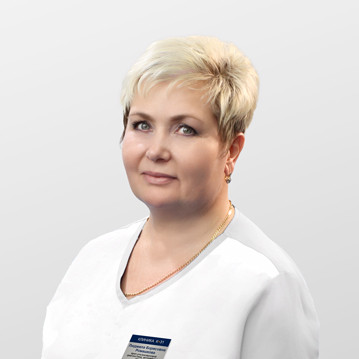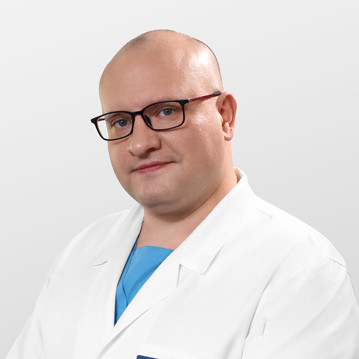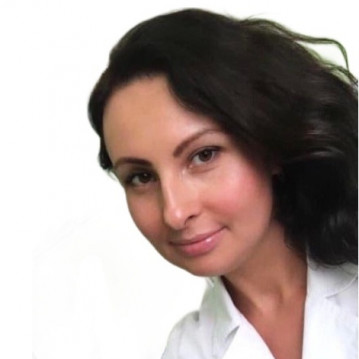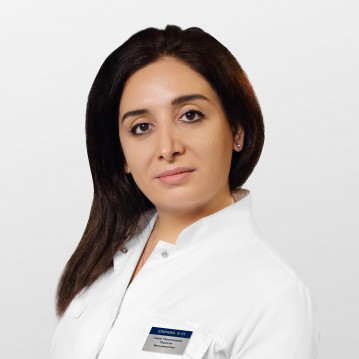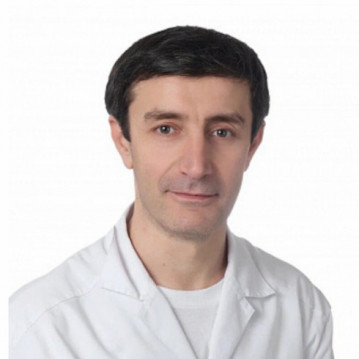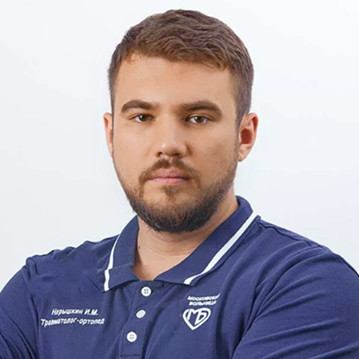
Musculoskeletal diseases in children are quite common. There are two main reasons for this. Firstly: there is a high probability of occurrence of pathology even before childbirth. Secondly: high life activity aimed at studying the world and the environment, carelessness.
Congenital and hereditary diseases occupy a significant share in orthopedics. One part of them is detected at the stage of intrauterine development of the child, the second - immediately after birth or in the process of monitoring the development of the child, often in the first year of life.
Prenatal diagnosis using ultrasound of the fetus allows you to establish such abnormalities as:
- complete absence of arms or legs (intrauterine amputations);
- partial underdevelopment of individual segments or joints;
- false articular surfaces;
- severe degrees of dysplasia in the hip joint.
Immediately after birth:
- amniotic constrictions;
- clubfoot;
- torticollis;
- hip dislocation;
- pathological installation of the feet.
Subsequently, additional diagnostics are carried out with the refinement of small details, identification of minor changes, development dynamics is assessed, due to which a delay or excessive growth of bones is recorded, progression or positive dynamics of previously established disorders, the appearance of new ones: scoliosis, lordosis, kyphosis, flat feet.
To identify orthopedic pathology, preventive, dispensary examinations of the child by an orthopedic traumatologist are recommended, starting from the 1st month of life and even earlier, if necessary. In the absence of any doubt, periodic monitoring is also necessary due to the possible occurrence of orthopedic deviations in the future.
